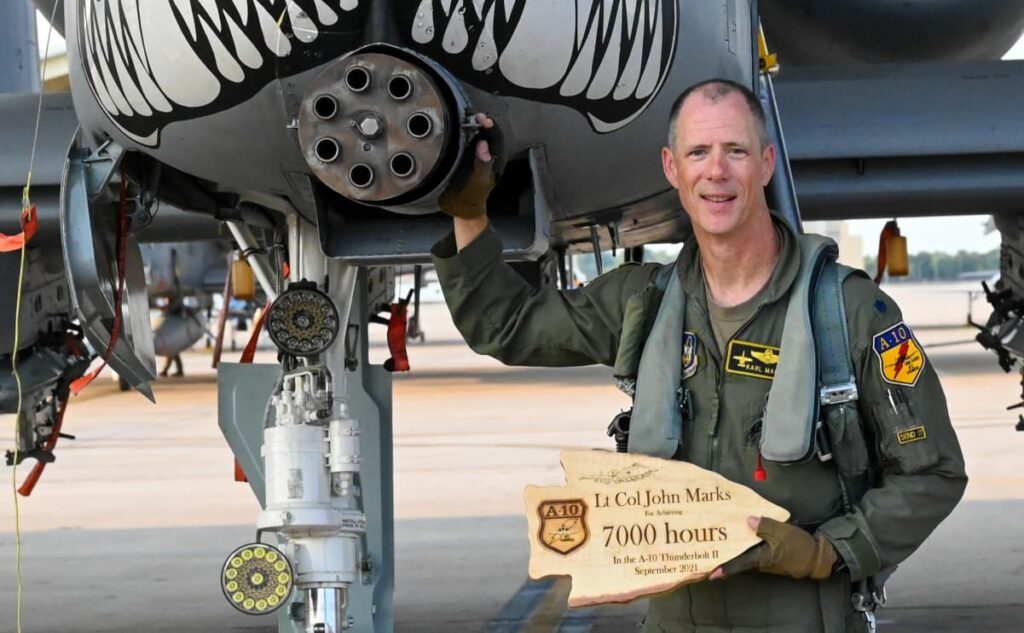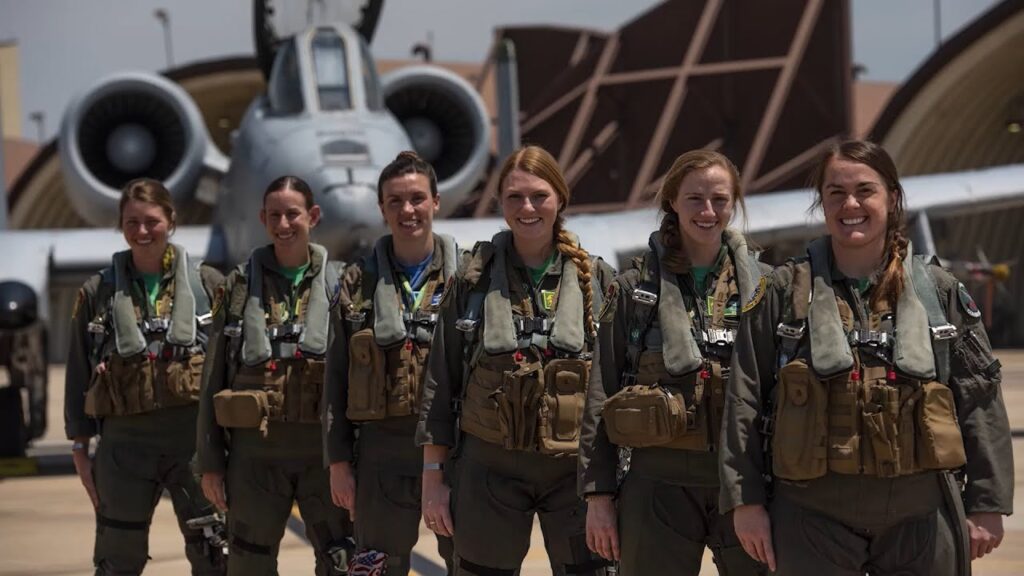A pilot fits into a Type 303 suit by donning it over their flight gear, ensuring that all fastenings are secure for optimal protection. The suit is designed to accommodate layers and provide a snug fit for safety and functionality.
This article explores how pilots fit into a Type 303 suit, detailing its features and benefits it provides in various flying conditions.
Understanding the Type 303 Suit:

The Type 303 flight suit is specifically designed to meet the rigorous demands of aviation. Made from durable, flame-retardant materials, it offers essential protection against heat and fire, which can be crucial in emergency situations. The suit is crafted to fit snugly while allowing for optimal mobility, ensuring pilots can perform their duties effectively in the cockpit.
Key Features of the Type 303 Suit:
1. Material Composition:
The Type 303 suit is typically constructed from advanced fabrics that are both lightweight and flame-resistant. This combination provides excellent protection against thermal hazards while remaining comfortable for extended wear. The materials are often treated to resist abrasion.
2. Ergonomic Design:
The ergonomic design of the Type 303 suit includes articulated joints and stretch panels. These features allow for a full range of motion, which is essential for pilots who must operate controls, manage equipment, and respond quickly to changing conditions during flight.
3. Multiple Pockets:
Practicality is a significant aspect of the Type 303 suit. It includes several strategically placed pockets, allowing pilots to store essential items like flight manuals, tools, and personal belongings. These pockets are designed for easy access, ensuring that pilots can retrieve what they need without disrupting their workflow.
4. Insulation and Ventilation:
The Type 303 suit often incorporates insulation layers for colder climates and ventilation features for warmer conditions. This adaptability makes the suit suitable for diverse flying environments, from high-altitude missions where temperatures can drop significantly to warmer regions.
How to Properly Fit into a Type 303 Suit:

Achieving the right fit in a Type 303 suit is critical for both safety and performance. Here are detailed steps to ensure a proper fit:
1. Choose the Right Size:
Selecting the correct size is fundamental. The Type 303 suit is available in various sizes, from small to extra-large. When choosing a size, consult the manufacturer’s sizing chart, which typically considers chest, waist, and inseam measurements. A well-fitted suit should feel snug but not restrictive, allowing for comfortable movement.
2. Adjust for Comfort:
Once the suit is on, it’s essential to adjust the cuffs, waistband, and ankle closures. A secure fit in these areas helps prevent drafts and keeps the suit in place during movement. The adjustments should allow for flexibility, enabling the pilot to perform tasks without feeling encumbered.
3. Test Mobility:
After making adjustments, it’s important to test mobility. Pilots should raise their arms, twist their torso, and simulate actions they would perform in the cockpit. The suit should allow for a full range of motion without any pinching or restriction. If any areas feel tight, consider re-evaluating the size or making further adjustments.
4. Layer Appropriately:
Depending on the flying conditions, layering under the suit may be necessary. Choose lightweight, moisture-wicking base layers to ensure comfort and temperature regulation. This is particularly important in extreme temperatures, where proper layering can make a significant difference in comfort and performance.
5. Check the Pockets:
Before heading out, ensure that all essential items fit comfortably in the suit’s pockets. Items should be easily accessible without hindering movement or causing discomfort. Properly placed pockets can streamline operations in the cockpit, allowing pilots to focus on their tasks.
Benefits of Wearing a Type 303 Suit:
- Enhanced Safety: One of the most significant advantages of the Type 303 suit is its flame-retardant properties. This feature provides crucial protection for pilots in emergency situations, such as cockpit fires or crashes.
- Increased Comfort: The ergonomic design and adjustable features of the Type 303 suit promote comfort during long flights. A well-fitted suit reduces fatigue, allowing pilots to remain focused and alert throughout their journey.
- Functional Versatility: The adaptability of the Type 303 suit makes it suitable for various flying conditions. Whether flying at high altitudes or in warmer climates, the suit can accommodate temperature fluctuations.
- Professional Appearance: Wearing a Type 303 suit contributes to a polished and professional look. This appearance instills confidence in both the pilot and passengers, enhancing the overall flight experience.
- Durability and Longevity: Constructed from high-quality materials, the Type 303 suit is designed for durability. With proper care, it can withstand the rigors of frequent use, making it a wise investment for pilots.
FAQ’s
1. What size should a pilot choose for a Type 303 suit?
Pilots should select a size based on their chest, waist, and inseam measurements. Consulting the manufacturer’s sizing chart ensures a proper fit.
2. How can pilots ensure comfort in the suit?
Adjustable cuffs and waistbands help secure the suit while allowing for freedom of movement. Pilots should check for any tight areas after adjustments.
3. Is layering allowed under the Type 303 suit?
Yes, pilots can wear lightweight, moisture-wicking base layers for added comfort. This helps with temperature regulation during flights.
4. What benefits does the Type 303 suit provide?
The suit offers flame resistance, enhanced comfort, and a professional appearance. It’s designed for versatility across various flying conditions.
5. How should pilots maintain their Type 303 suit?
Pilots should follow the manufacturer’s care instructions, typically involving gentle washing and avoiding harsh chemicals. Proper care extends the suit’s lifespan.
Conclusion:
When it comes to aviation safety and performance,the right flight suit is essential for pilots. The Type 303 suit, known for its advanced design and high-quality materials, is a popular choice among pilots and aircrew members. This article explores how pilots fit into a Type 303 suit, detailing its features, fitting process, and benefits it provides in various flying conditions.